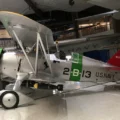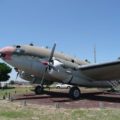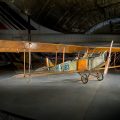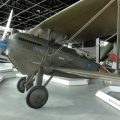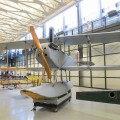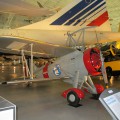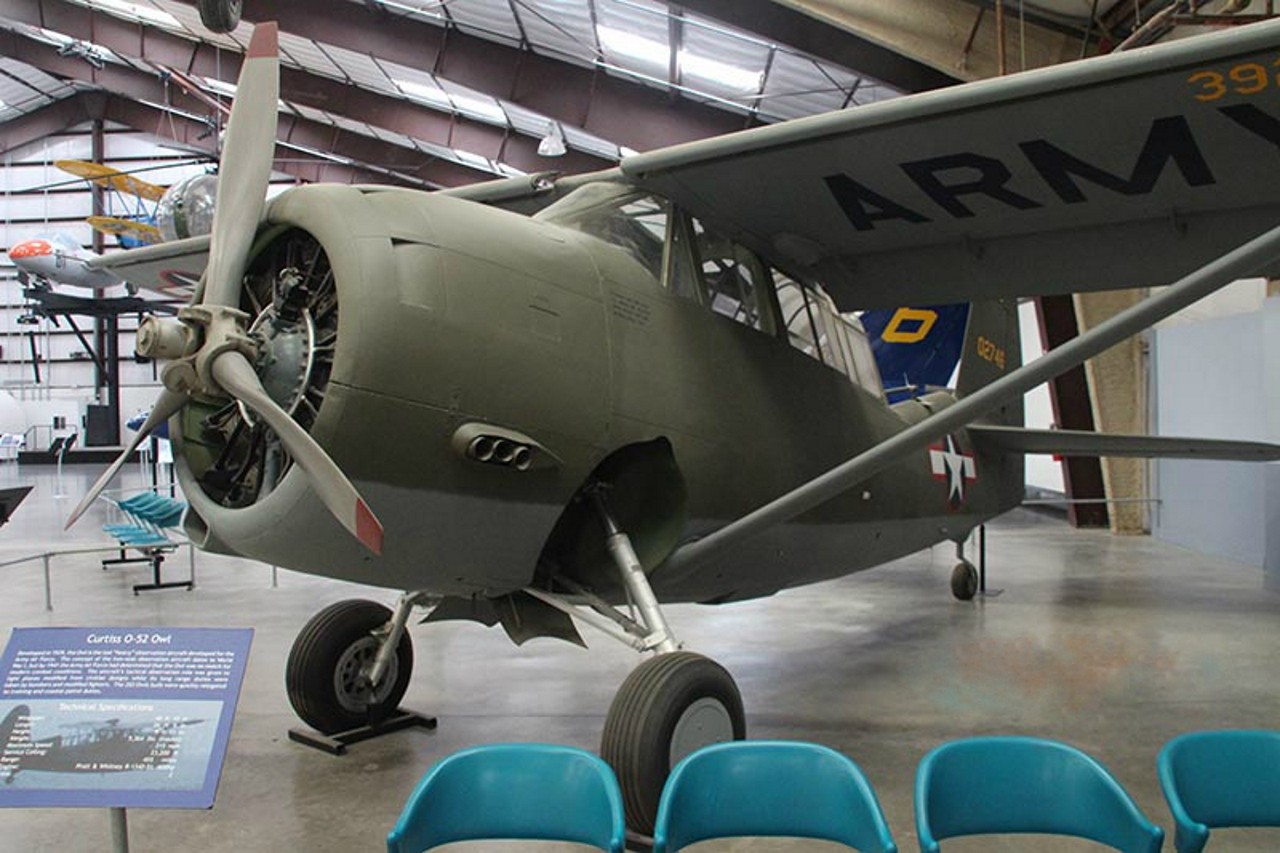
Curtiss O-52 Owl | |
|---|---|
| País | E.e.u.u |
| Papel | Reconocimiento |
| En servicio | 1940 |
| Construido | 203 |
el Curtiss O-52 "Búho" was an observation aircraft used by the United States Army Air Corps before and during World War II. Developed in 1939, the Curtiss O-52 was the last “heavy” observation aircraft developed for the US Army Air Corps. The concept of the two-seat observation aircraft, classed as the “O” series aircraft, dated to World War I, and in 1940, the Army Air Corps ordered 203 Curtiss O-52s for observation duties. By 1941, the O-52 was no match for modern combat conditions.
Fuente: Curtiss O-52 Búho en Wikipedia
| Curtiss O-52A-1-CW Owl Walk Around | |
|---|---|
| Fotógrafo | Álex Burlyga |
| Localización | Museo del Aire de los Yanquis |
| Fotos | 46 |
| Curtiss O-52 Owl Walk Around | |
|---|---|
| Fotógrafo | Ronald van Voorst |
| Localización | Unknow |
| Fotos | 37 |
Ver también:
el Curtiss Búho O-52 fue un avión de observación biplaza que sirvió en el Cuerpo Aéreo del Ejército de los Estados Unidos antes y durante la Segunda Guerra Mundial. Fue diseñado por Curtiss-Wright Corporation en 1939 como el último avión de observación "pesado" para el Cuerpo Aéreo del Ejército de los Estados Unidos. El O-52 tenía un fuselaje metálico y alas cubiertas de tela, y estaba propulsado por un motor radial Pratt & Whitney R-1340-51 de 600 hp. Estaba armado con una ametralladora calibre .30 que disparaba hacia adelante y otra hacia atrás.
El O-52 voló por primera vez en 1940 y entró en servicio en 1941. Se utilizó para maniobras militares y entrenamiento dentro de los EE. UU., pero pronto se volvió obsoleto para operaciones de combate en el extranjero debido a su baja velocidad y alcance limitado. El O-52 fue reemplazado por aviones de enlace más ligeros y rápidos, como el Piper L-4 Grasshopper y el Stinson L-5 Sentinel. El O-52 también fue designado como la serie "L" para aviones de enlace después del ataque a Pearl Harbor. Algunos O-52 fueron enviados a la Unión Soviética bajo el programa de Préstamo y Arriendo, donde se utilizaron para misiones de detección y reconocimiento de artillería en el Frente Oriental.
el O-52 fue el último avión de observación adquirido en cantidad por el Cuerpo Aéreo del Ejército de los Estados Unidos, y marcó el final de una era de observación aérea que se remontaba a la Primera Guerra Mundial. Solo unos pocos O-52 sobreviven hoy en día, y algunos se exhiben en museos como el Museo Nacional de la Fuerza Aérea de los Estados Unidos en Dayton, Ohio, y el Museo Aéreo y Espacial Pima en Tucson, Arizona.
Vistas : 1786


